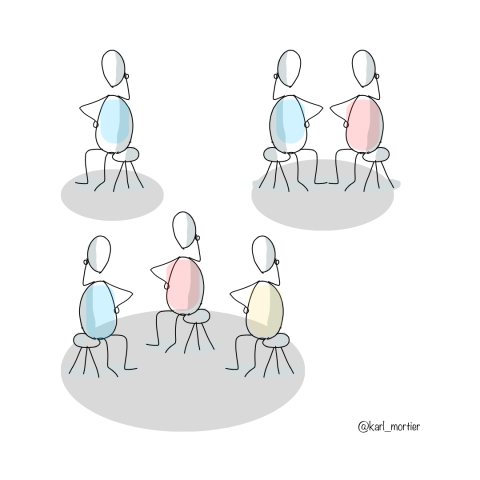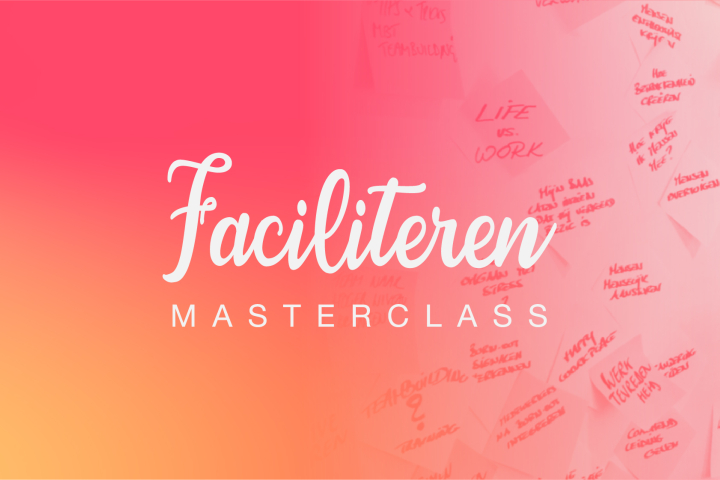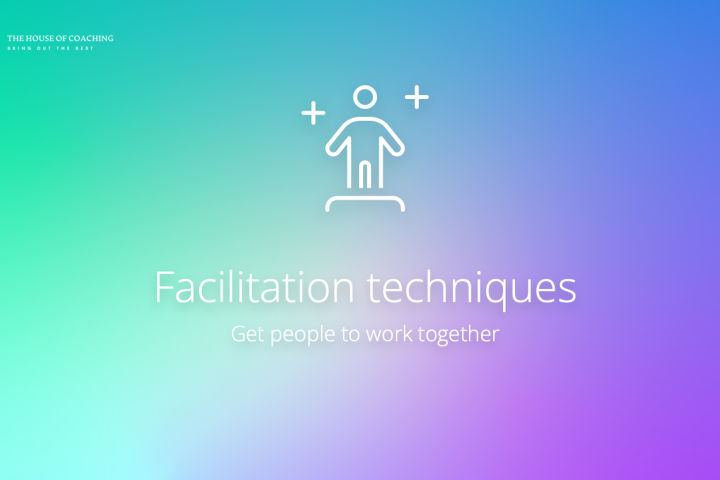Werken in groepen

Yes, it may seem simple, but it can have a huge impact on the dynamics and interaction within a group. By dividing a larger group into smaller groups, participants become more involved in the conversation and there is more room for personal interaction and exchange of ideas.
You can, for example, work with duos, trios or groups of up to five people. This allows participants to speak more extensively, listen to each other and respond to each other. It also allows them to share different perspectives and ideas without getting bogged down in endless discussion.
Moreover, by making smaller groups, you can provide better focus. For example, you can give the groups a specific question or assignment to work on, which keeps the participants' energy focused and the purpose of the session clear.
Splitting up the group is accompanied by a concrete assignment, so participants clearly know what is expected of them. There are several ways to divide the group:
- Individual work: Assigning an individual assignment puts everyone in the group to work. Examples are listing 3-5 items, writing down answers on post-its, making drawings or individually building a LEGO construction. Afterwards, collect and link the items that people have prepared individually in the group.
- Working in pairs: This again puts everyone in the group to work. At the same time, this provides a safe space or 'bubble' where even the more introverted will feel comfortable contributing. Examples include discussing a theme, making drawings together, or preparing an exercise together. Afterwards, collect and connect the things the groups have prepared.
- Working in groups of 3 to 5 people: We prefer not to work with groups larger than 5, as people risk getting lost in the group dynamics. But with a concrete assignment, fun and interesting interaction can arise to which everyone contributes.
- Plenary or with the whole group: We only use this context for collecting input or giving feedback on work done in the smaller groups. We never engage in plenary discussions, as this sucks the energy out of the group and increases the likelihood of people dropping out.
By regularly alternating group sizes, you encourage interaction with all participants. This promotes diversity and group cohesion. Moreover, participants feel more involved and can actively contribute to the session.

